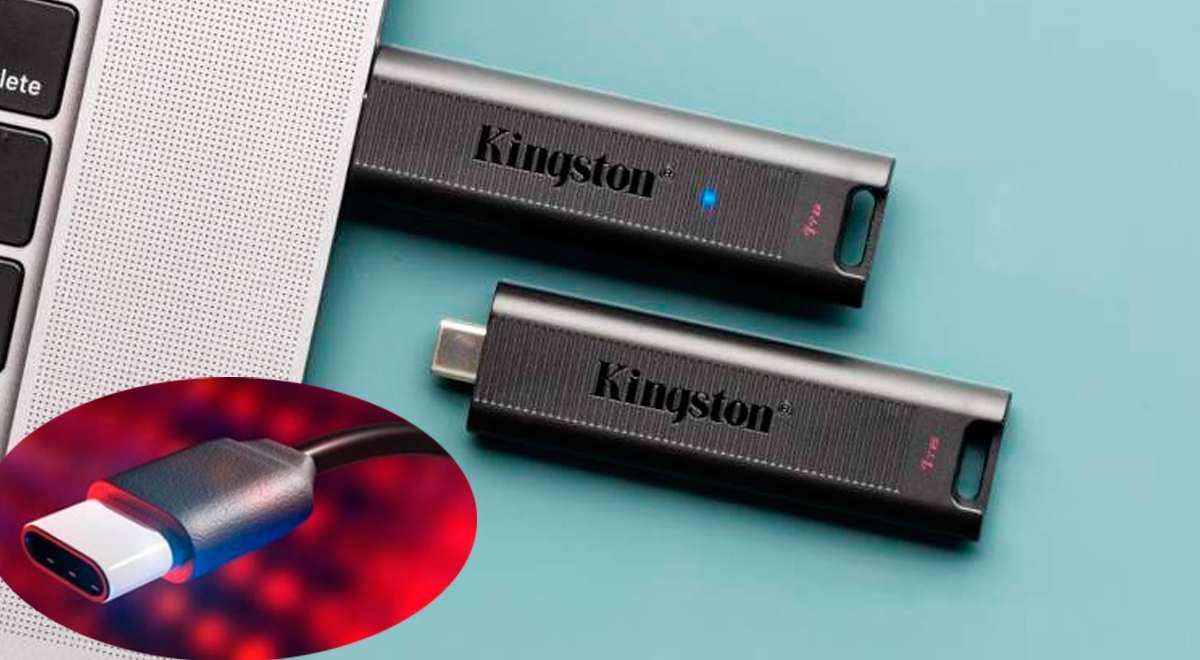USB 3.0 was launched in 2008 and had a maximum speed of 5 Gbps. Over the years, this technology has been updated with faster speeds, giving rise to USB 3.1 at 10 Gbps, then USB 3.2 at 20 Gbps, and in the latest version introducing a major change from the type-A connector to the new reversible type-C that avoids multiple connection attempts.
The new USB 4.0 technology represents a radical change as it doubles the maximum bandwidth to 40 Gbps and leaves behind the old type-A connector. What other benefits will this new technology provide? Here we tell you everything.

YOU CAN SEE: Honor 70 in Peru: characteristics and price of the phone with the first IMX800 Sony camera
José Luis Fernández, SSA Technology Manager at Kingston Technology, mentions that USB 4.0 unifies the USB and Thunderbolt standards for the first time, improving compatibility and interoperability for all users.
How is this possible? Thanks to Intel waiving royalties for the Thunderbolt 3 standard, this standard is now included in the USB 4.0 specification.
The increased bandwidth of USB 4.0 allows for multiple data streams and simultaneous transmission of up to 2 DisplayPort video signals. Optionally, it could also support transporting PCI Express signals and intelligently manage bandwidth based on connected devices.
In conclusion, we can say that USB 4.0 technology allows for speeds of up to 40 Gbps. And a future update is already being considered, a "Gen 2" with speeds of up to 80 Gbps.
The industry is slowly advancing with products such as cables, docks, among others. USB4 is by far the most advanced generation of USB and the full potential of this new protocol is yet to be seen.
More similar articles on Líbero.pe.

